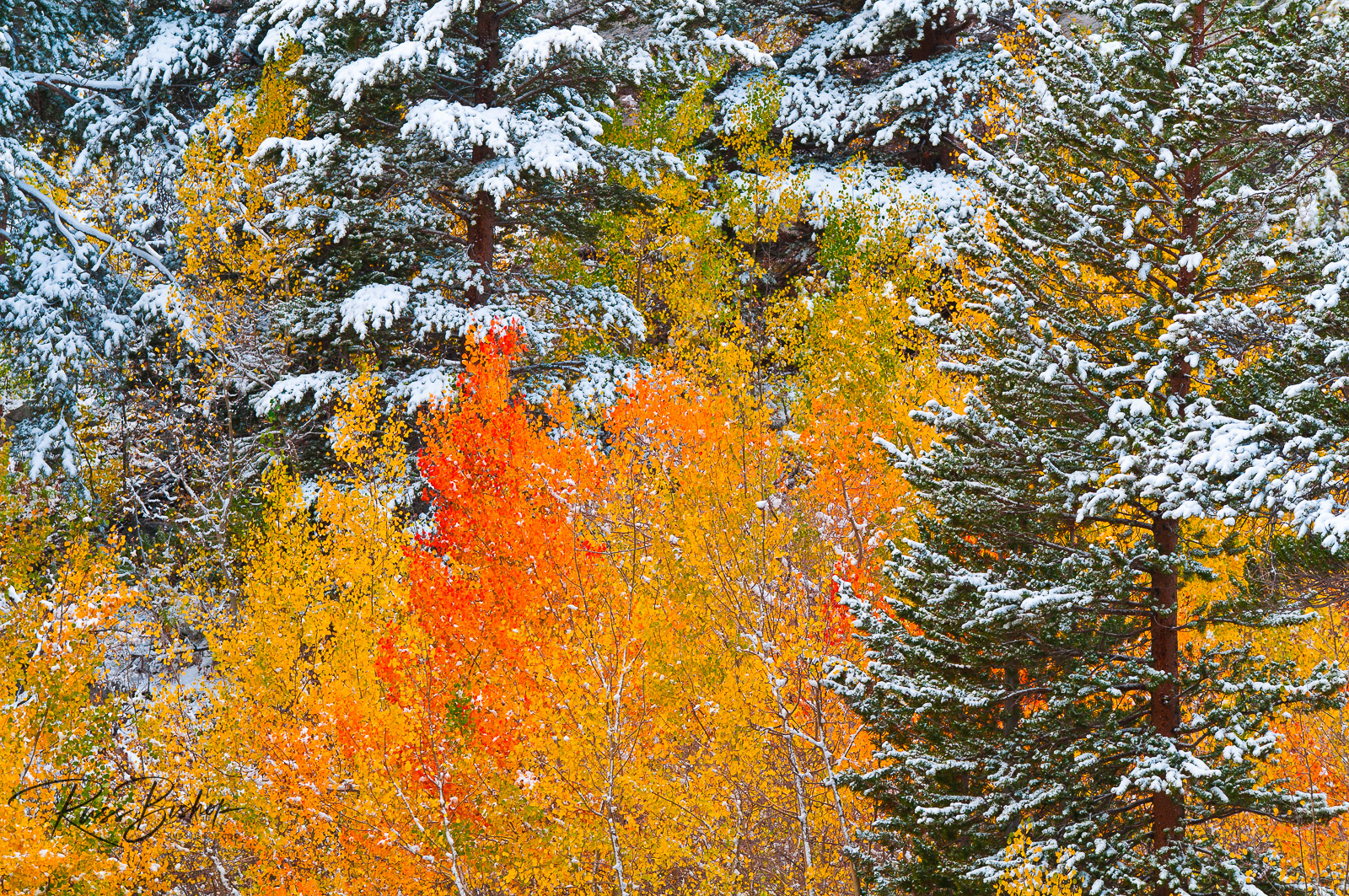
The Latent Image. Seventeen years ago I made the switch from film to digital and never looked back. The year was 2005 and it wasn’t without a great deal of hesitation, but I knew I wasn’t alone and that the time was right. Not long before National Geographic had finally started accepting digital files from the Nikon D100, and if the quality was worthy of their hallowed pages then it was good enough for me.
The biggest concern for most outdoor photographers at the time was preserving that classic “look” of film that the world had embraced from the early days of Kodachrome and later Fuji Velvia. We were told that if you shot RAW files, profiles and presets could be applied that would mimic any type of film. At the time it was all Greek, but in the years since it’s become standard practice in post production. The lightbox and loupe were traded for hi-resolution monitors and software, but the holy grail of image making was still dynamic range.
Cameras have advanced at lightning speed since then delivering better resolution, wider dynamic range, higher megapixels and price tags to match! But one thing hasn’t changed – the powerful RAW image file. This digital negative can never actually be touched or manipulated, but utilizing RAW processing programs like Lightroom can produce files that match any conceivable style or vision by applying those magical profiles and presets all while retaining the highest image quality.
One of the best features of shooting RAW is the fact that software manufacturers are constantly improving the programs to better utilize all of the image data captured by the sensor. I recently revisited a selection of images from my archive that were made just shortly after I switched to digital. They were made on one of those early bodies, but because I had used a high-quality lens and created RAW files I was now able to create much finer images from those files than the original software would allow.
In a side-by-side comparison I was amazed at the clarity and definition that had been hiding in those images just waiting for a future application to release them. So if you’re still shooting JPEGs you might want to consider switching to RAW. Though each camera manufacturer makes their own proprietary file, Adobe, the creators of TIFF and PDF, developed the DNG (or Digital Negative) – a great format that preserves your RAW file and a JPEG preview eliminating the concern of proprietary files and software going the way of the 8-Track stereo and Betamax.
One thing is certain, change is inevitable and technology will continue to evolve. It’s a wonderful time to be a photographer and reassuring to know that the images we make today can not only be enjoyed long into the future, but like a fine wine will likely improve with age.
©Russ Bishop/All Rights Reserved
